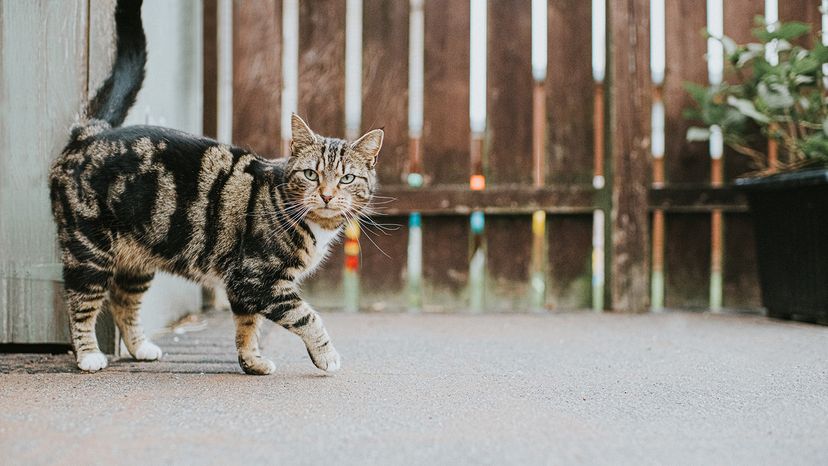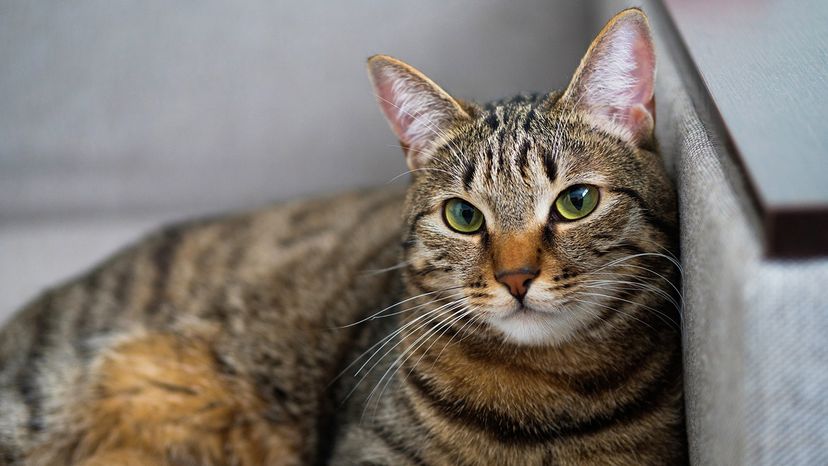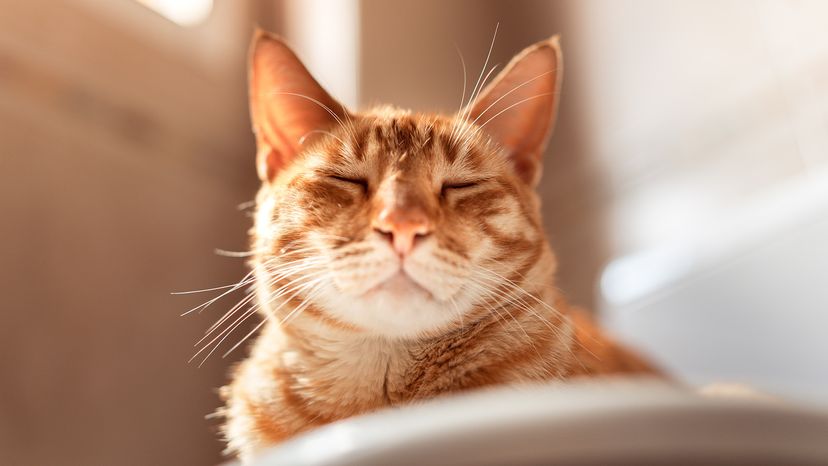
Tabby cats are everywhere. Whether they're lounging on windowsills or chasing toys across the living room floor, these striped felines are among the most recognizable in the pet world. But there's more to a tabby cat than just its good looks and charming antics.
The term "tabby" doesn't refer to a specific breed but to a coat pattern that can appear in many domestic cats. From baby cats to senior kitties, tabby patterns are part of feline genetics that have evolved over millennia.
Advertisement
And those patterns? They're more than skin-deep; they're written in the cat's DNA.

